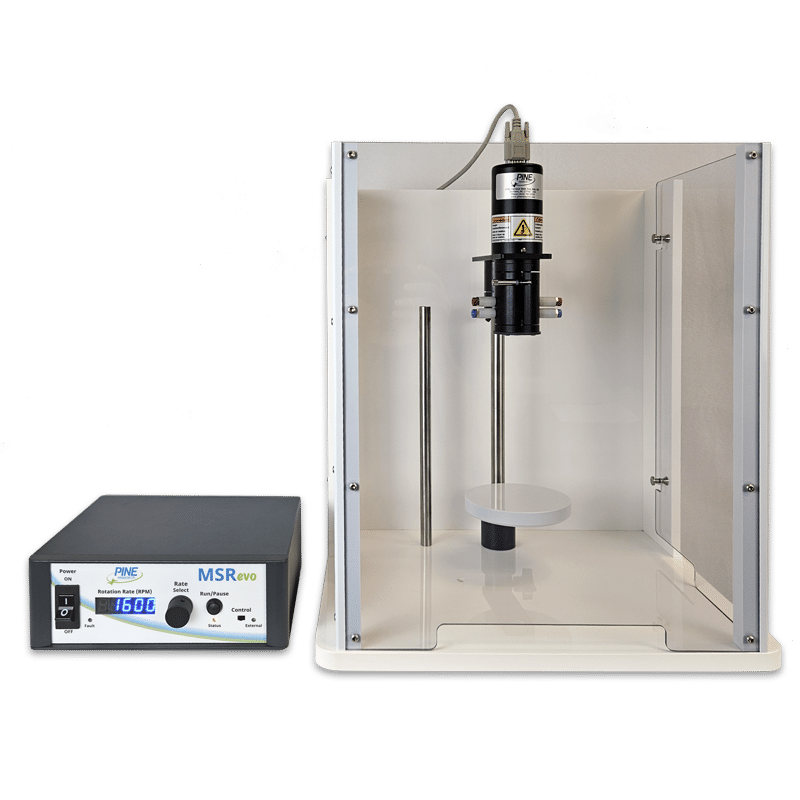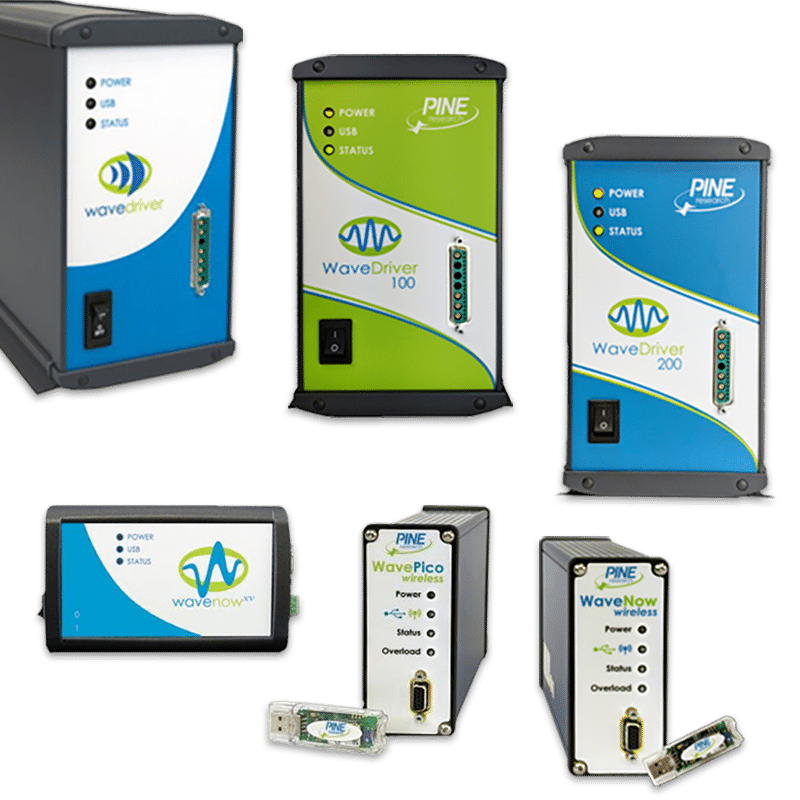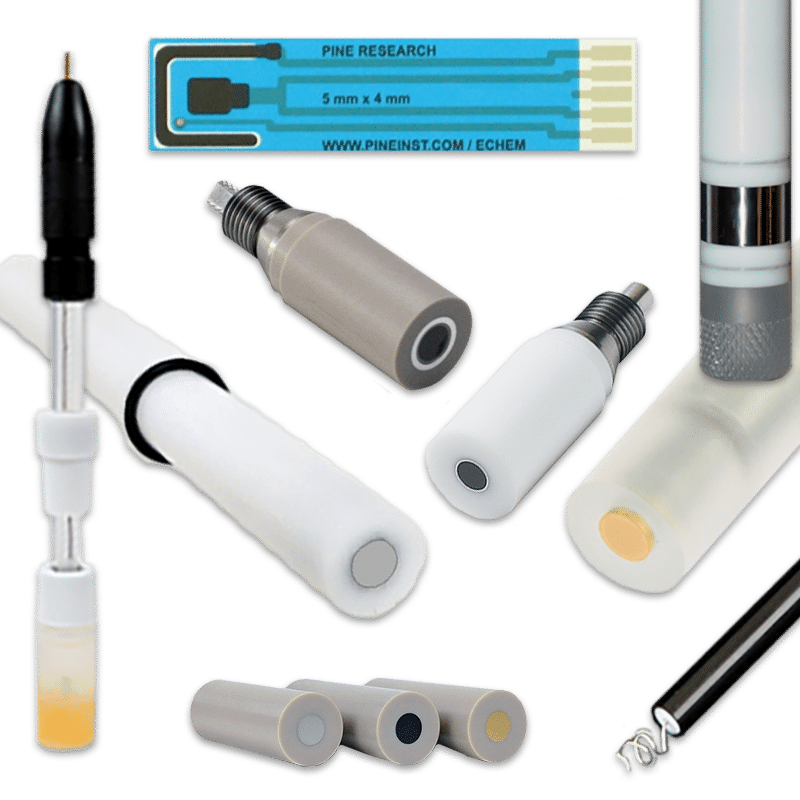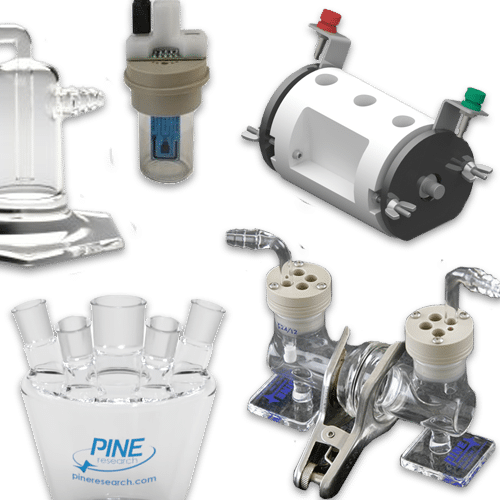WaveNano System Bundle
[alert color=”violet” icon=”bullhorn”]The WaveNano has been replaced by the improved WavePico Wireless potentiostat(click here) to learn more.[/alert] Weighing less than 300 grams, the WaveNano features a convenient USB interface, a fully-functional potentiostat and galvanostat, and our powerful AfterMath® instrument control and data analysis software. Key features of the WaveNano instrument are listed below:
- Applied/Measured Current: ±100 pA to ±1 mA
- Applied/Measured Voltage: ±4 V
- Operation Modes: Potentiostat, Galvanostat, OCP, ZRA
- Techniques: All common DC sweep and step experiments plus specialty corrosion, rotating electrode, and spectroelectrochemistry techniques
See “Description” tab below for additional information.
[alert color=”blue” icon=”info-circle”]Please note that the power cord (domestic or international) is sold separately.[/alert]
[alert color=”violet” icon=”bullhorn”]The WaveNano has been replaced by the improved WavePico Wireless potentiostat(click here) to learn more.[/alert] Weighing less than 300 grams, the WaveNano features a convenient USB interface, a fully-functional potentiostat and galvanostat, and our powerful AfterMath® instrument control and data analysis software. Key features of the WaveNano instrument are listed below:
- Applied/Measured Current: ±100 pA to ±1 mA
- Applied/Measured Voltage: ±4 V
- Operation Modes: Potentiostat, Galvanostat, OCP, ZRA
- Techniques: All common DC sweep and step experiments plus specialty corrosion, rotating electrode, and spectroelectrochemistry techniques
See “Description” tab below for additional information.
[alert color=”blue” icon=”info-circle”]Please note that the power cord (domestic or international) is sold separately.[/alert]
Components below showing require a selection. Components showing are optional, and do not require a selection.
Bundle Customizer
Toggle each component below and make your selection. Once all required selections have been made, the total price and add to cart button will display at the end of the components list.









